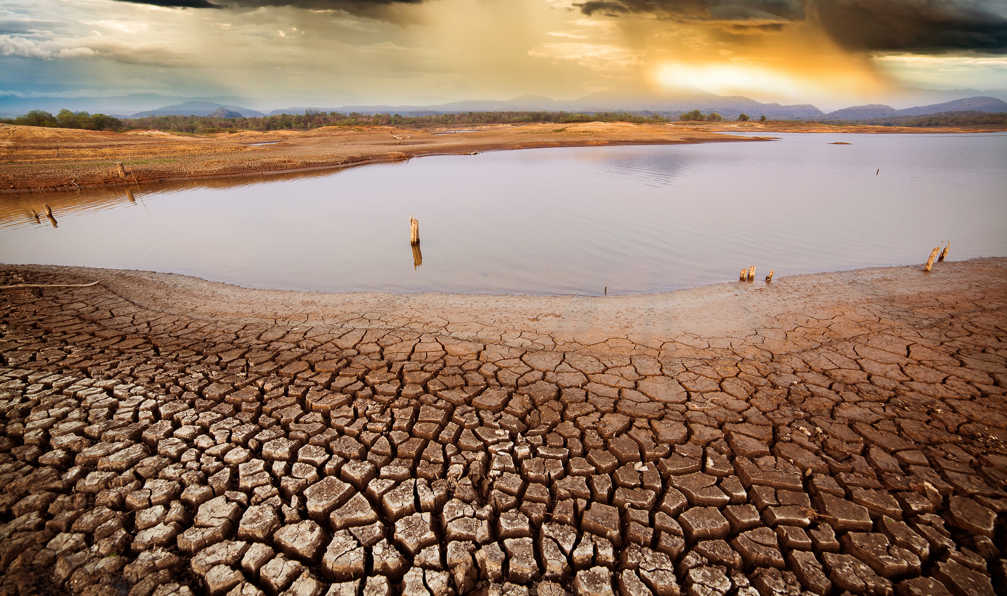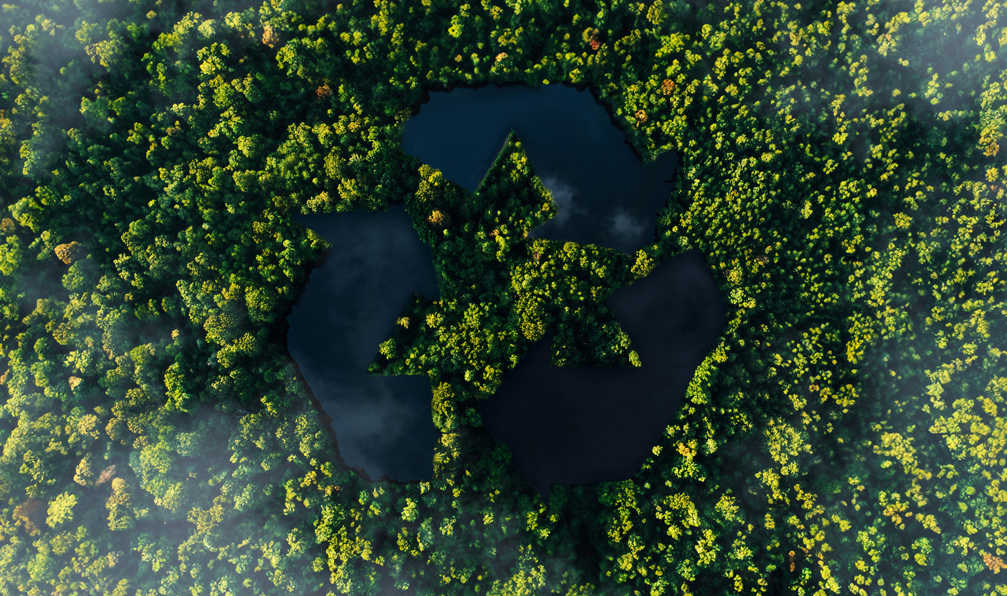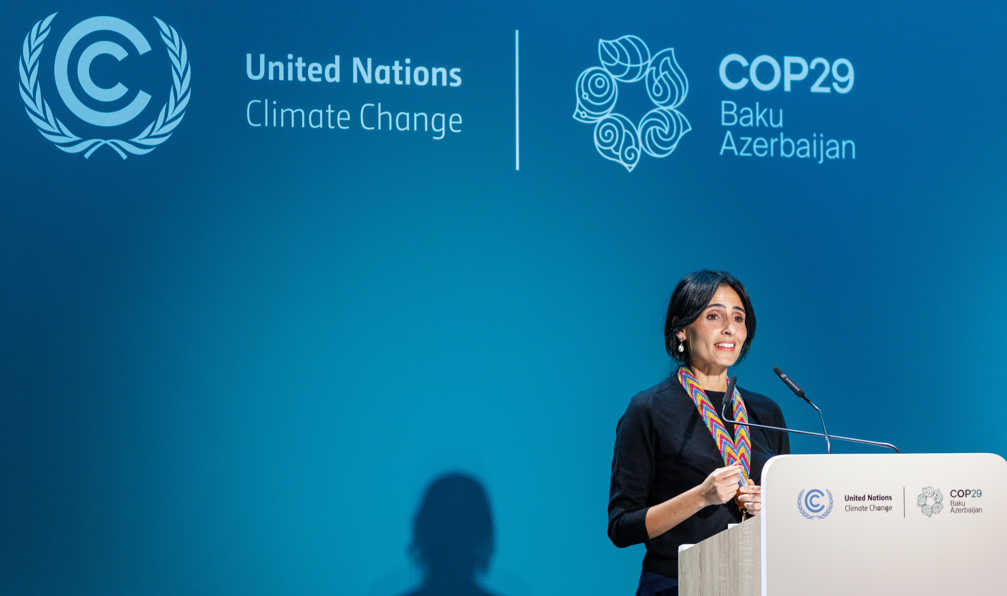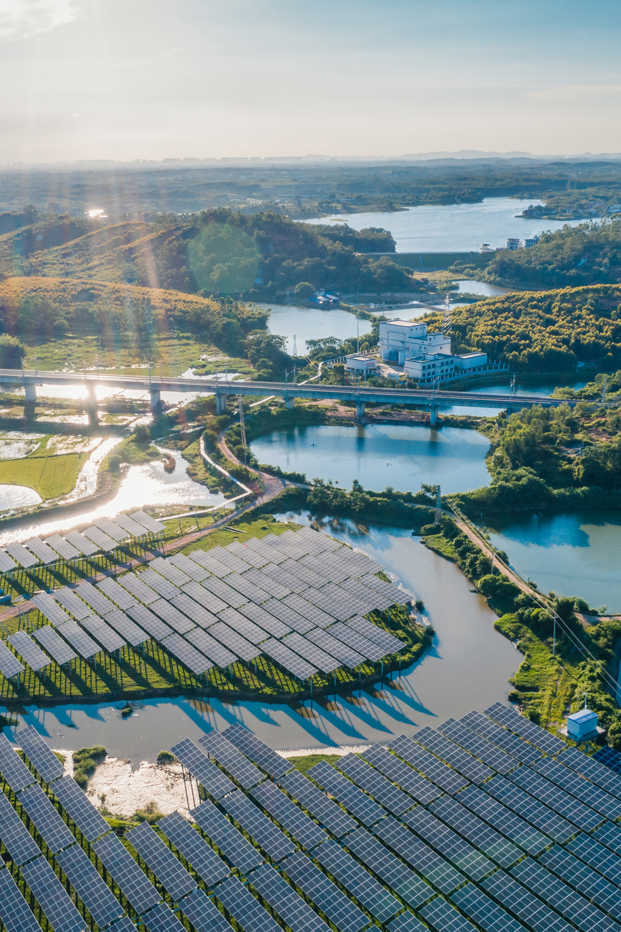Greenlife Danışmanlık, değişen dinamiklere uyum sağlamak isteyen şirketlere, karbon yönetimi, sürdürülebilirlik raporlaması, ESG stratejisi oluşturma, Yeşil Mutabakat’a uyum, döngüsel ekonomi uygulamaları ve sürdürülebilir finansman gibi alanlarda rehberlik ediyor.

Sunduğumuz Hizmetler
Kurumsal Sürdürülebilirlik Yönetimi Danışmanlığı
- İklim ve Doğa Bağlantılı Risk ve Fırsatların Raporlanması (TCFD & TNFD)
- Sürdürülebilirlik Raporlamaları
- CDP (Karbon Saydamlık Projesi) Danışmanlığı
- SBTi (Bilime Dayalı Hedefler) Danışmanlığı
- Ecovadis Danışmanlığı
- Sürdürülebilir Tedarik Zinciri Yönetimi
- Sürdülebilir İş Modeli Entegrasyonu
- Küresel Düzenlemelere Uyum
- Sürdürülebilirlik Stratejisi ve Şirket Vizyonunun Şekillendirilmesi
- Sürdürülebilirlik Odaklı Kurumsal Eğitim Programları
- Çevresel ve Sosyal Yönetim Planları ile İzleme Raporlarının Hazırlanması
İklim Değişikliği Danışmanlığı
- Karbon Ayak İzi Hesaplama ve Raporlama
- Su Ayak İzi Hesaplama ve Raporlama
- Çevresel Ürün Beyanlarının (EPD) Oluşturulması
- Yaşam Döngüsü Değerlendirmesi (LCA)
- Su Verimliliği Yönetim Sistemi (ISO 46001)
- Ürün Karbon Ayak İzi Hesaplama ve Raporlama
- Dijital Ürün Pasaportu (DPP)
- Sınırda Karbon Düzenleme Mekanizması (CBAM) Süreç Yönetimi
- Gönüllü Karbon Projeleri Geliştirilmesi
- AB Ormansızlaşma Yönetmeliği (EUDR) Uyumu Çalışması
- AB’nin Yeşil Mutabakat Politikalarına Uygun Stratejiler Geliştirilmesi & Yeşil Mutabakat Danışmanlığı
- Şirketlerin Çevresel ve Sosyal Etkilerini Minimize Edecek Risk Yönetim Stratejileri

Dijital Ürün Pasaportu (DPP): Şeffaflık, Sürdürülebilirlik ve Döngüsel Ekonomiye Adım Atmak

Türkiye Sürdürülebilirlik Raporlama Standartları: İş Dünyası İçin Oyunun Kuralları Değişiyor!

Sürdürülebilirlik ve Rekabet: Geleceğin İş Modeli

TCFD ve TNFD: İş Dünyasının Yeni Standartları

Şirketler İçin Sürdürülebilirlik: İmaj mı, Zorunluluk mu?

Responsible® Programı: İş Dünyasının Yeşil Dönüşümüne Yön Veren Bir Rehber

COP 29’da Kırılgan Bir Gerçek: İklim Finansmanı, Çözümün Önündeki En Büyük Engel

ECOVADIS İle Şirketinizin Sürdürülebilirlik Değerlerini Madalyalandırın!

















